Archaeological researches in India have so far focused primarily on mega-sites having imposing and impressive evidence or on city sites mentioned in early literature. But for a real comprehension of city life, study of rural culture is inevitable. Rural settlements that have rarely been paid attention to so far are likely to provide real insight into life of common man. To get a peep into rural life of ancient Varanasi, an excavation was conducted at Anai, a sleepy village near Varanasi which was the capital of Kasi Mahajanapada.
The present book, though primarily a report of excavations at Anai, attempts to discuss different aspects of cultural, social and economic life during the second and first millennium BCE. There are artifacts exhibiting specialization in various crafts and technologies. One finds traces of intra-regional and inter-regional interactions and vibrant trade networks established through thick arteries of rivers irrigating the landscape. We also come across clear traces of religious beliefs and practices prevalent at different cultural periods. The book tries to unfold divergent dimensions of culture of rural India and interface it with evolving city centres. With detailed study and analyses of material remains, this book should interest the experts in the field of Archaeology. At the same time the book also tries to reach out to the common reader who may be interested in life in ancient Varanasi.

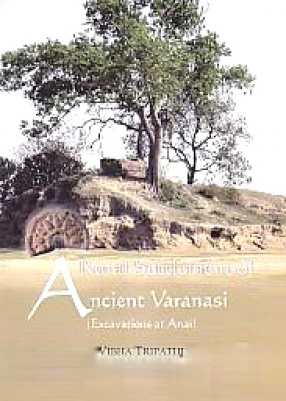
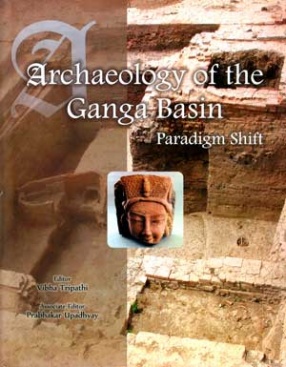
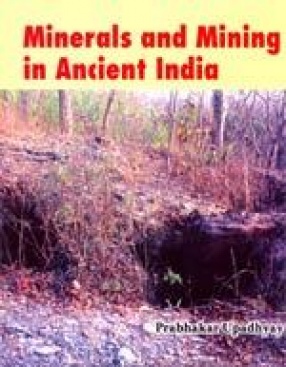
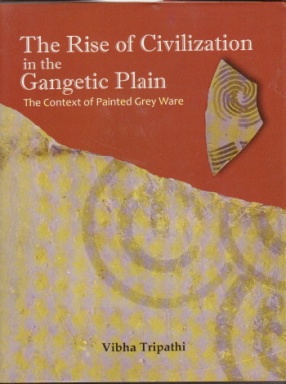
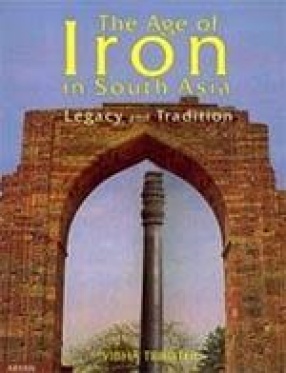
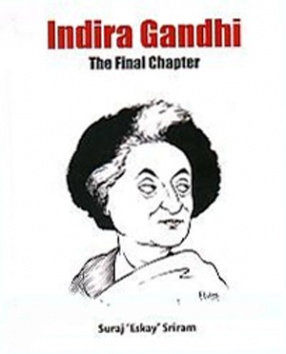
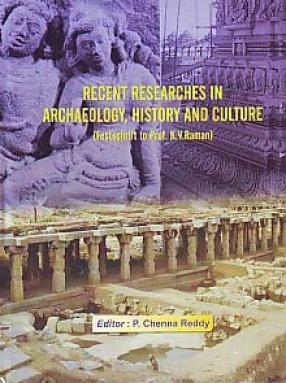
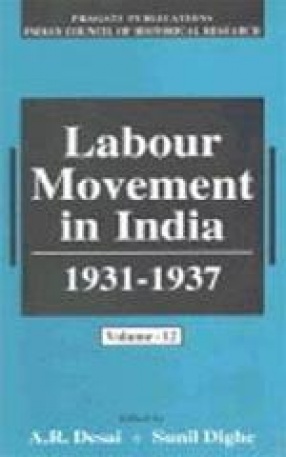
There are no reviews yet.